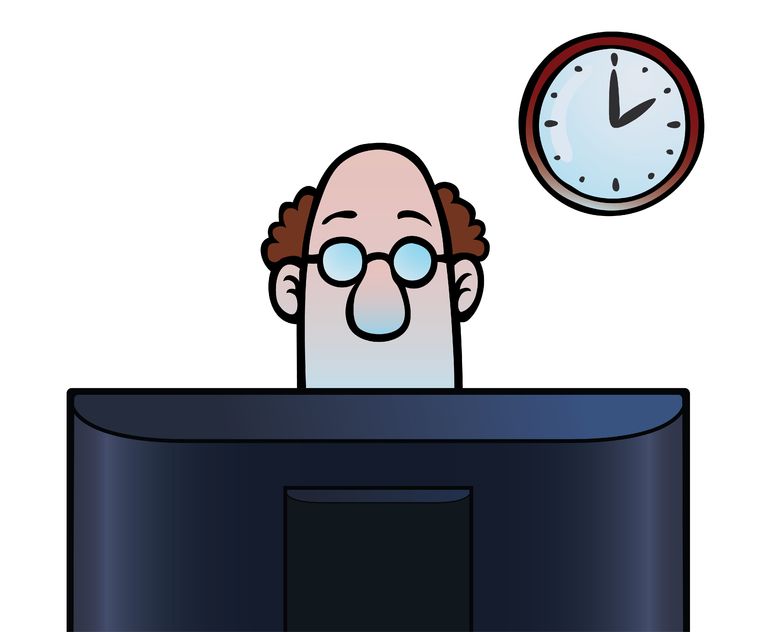When we think of digital content as “advertising” the most obvious answer is that readers of content are looking for solutions. Content is about problem-solving.
I don’t think that’s quite it.
When we think of content as “communication” between buyers and sellers we might say users are looking for connection. Readers seek to engage and increase their own visibility in the process.
Still not quite it.
How about content as “public relations”? Readers desire transparency. They want to get behind the scenes and see proof that those they do business with are authentic (for example, the McDonald’s campaign: “Our Food. Your Questions.”).
Getting closer?
At the risk of oversimplifying humanity, I do believe there is a common thread to the purpose of all this content filling up our screens.
We want to feel better.
We feel better when our problems are solved, when we’re invited to participate in something important, when we feel we are not alone and when we believe we can trust the people soliciting us.
There is plenty of good content out there that doesn’t seem to want to make people feel better. When nonprofit organizations write about homelessness, poverty, human rights abuses, corruption, war, disease, etc., you might think they want people to feel the opposite.
I couldn’t disagree more.
Even when your organization deals with pain and strife, your goal should always make the reader feel better by communicating 1) what you are doing to help and 2) how the reader can help.
This applies to all types of organizations, from nonprofits to big corporations to small businesses: content aimed at making people feel bad will never attract the kind of reader you want.
Bad content examples:
- Small Business – articles that seek to differentiate the business by scolding people for not buying local or for paying too much elsewhere.
- Corporate – stories of the success of top executives that happen to omit all the help they received to get there.
- Nonprofit – stories of suffering populations that don’t assert there is hope, or articles about funding shortages without information on a plan to close the gap.
Content that primarily seeks to:
- puff up the writer’s credentials may be impressive, but they do not build trust.
- promote the value of self-sufficiency is burdensome, not inspiring.
- paint a bleak picture of the world triggers short-term alarm or guilt, not long-term action.
Nobody wants to feel foolish for what they lack. Nobody wants to feel alone. Nobody wants to believe the world is going to Hell in a handbasket.
As you push out more and more content, the rule of thumb is simple: try to make people feel better about themselves, the world and their place in it.
That’s what we’re looking for.

